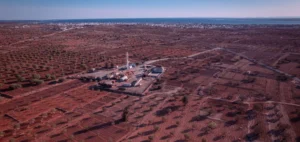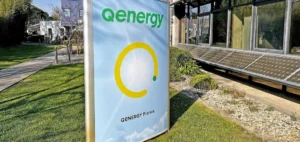The Government of Canada has announced a $16mn funding package to support several energy projects in the Maritime provinces, including Prince Edward Island, Nova Scotia and New Brunswick. The funds target the modernisation of electricity grids, the growth of renewable energy, and the advancement of carbon capture technology solutions.
Modernising energy infrastructure
This new funding is part of a federal strategy in partnership with provincial authorities, Indigenous partners and the industry, with the aim of building more reliable and affordable electricity infrastructure. Selected projects will focus on grid modernisation to improve power reliability while reducing costs for users. The Honourable Tim Hodgson, Minister of Energy and Natural Resources, stated, “The ambition of our government is clear: to make Canada a superpower in both clean and conventional energy.”
The plan also includes support for community initiatives in rural and Indigenous communities, focusing on better integration of clean energy and reduced energy costs. Gilles Arsenault, Minister of Environment, Energy and Climate Action for Prince Edward Island, highlighted the importance of strengthening the resilience of the local grid.
Focus on innovation and regional growth
At the same time, the funded projects are expected to foster new renewable energy capacity, notably in wind and solar, alongside the deployment of carbon capture technologies. The entire effort builds on collaborations established through the regional energy and resources tables for the Maritimes, which coordinate regional priorities and investment directions.
Coordination among governments, regulatory bodies, Indigenous partners and industry is designed to enhance the economic attractiveness of the Maritime provinces while streamlining regulation and creating opportunities for local companies. René Legacy, Minister of Energy for New Brunswick, noted that these initiatives support the province’s energy transition.
Partnerships and expected impact on the energy sector
The new federal investments address regional growth objectives set during interprovincial consultations, while aligning with the goal of increasing the reliability and diversity of the energy mix. The announced funds will help spur job creation in the energy sector and reinforce supply security across the Atlantic region.
CNW reported that the active participation of Indigenous partners and local organisations is a core component of the federal strategy. This partnership is part of a broader approach to economic reconciliation and inclusion in the energy development of the affected provinces.






















